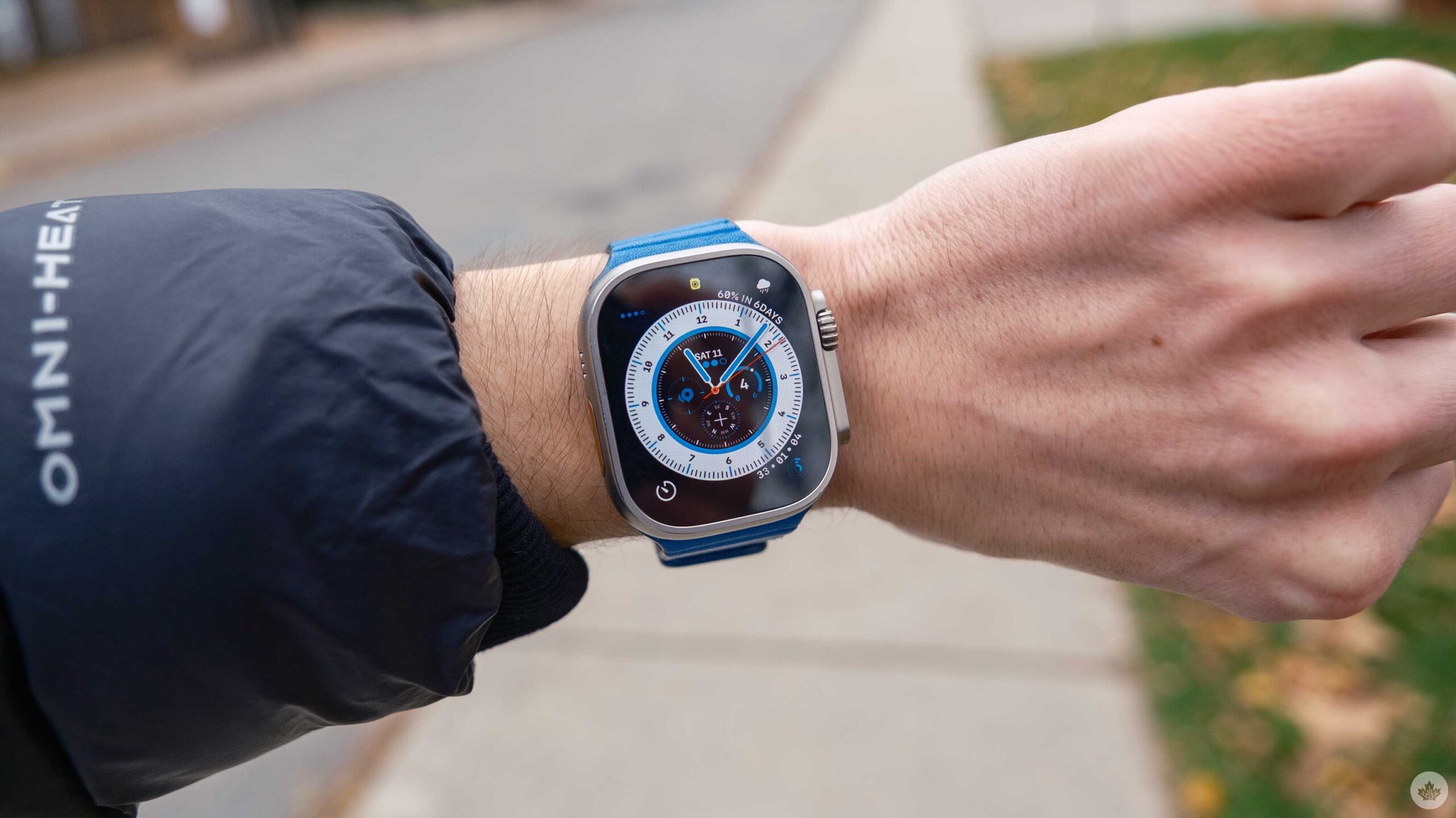
A Nova Scotia man is crediting the Apple Watch for saving his life.
In an interview with Global News, Travis Chalmers, a firefighter in Elmsdale, Nova Scotia, says he was wearing his Apple smartwatch (model unspecified) while playing road hockey with his son. He describes a “warm sensation” in his chest area and a splitting headache, which he just assumed were “flu-like symptoms” and didn’t think twice about.
However, his Apple Watch told him he was experiencing atrial fibrillation, an irregular and fast heart rhythm that can lead to stroke or heart failure. After his symptoms worsened, he decided to go to the hospital and report everything that happened, including what his watch had said. Doctors then ran some tests and concluded he was indeed having a heart attack.
This led him to stay in the hospital for a week for further tests, which confirmed that one of his arteries was 100 percent blocked. Going forward, he will have to take medications for the rest of his life. Chalmers says he often wears his Apple Watch, which is why it was able to detect an irregular heartbeat.
Speaking to Global News, Ciorsti MacIntyre, a cardiologist at Halifax’s QEII infirmary, praised wearable devices like the Apple Watch for immediately notifying users of abnormal heart rates. While she notes they can sometimes make situations seem more severe than they are, she concluded that this is nonetheless a good thing as it will still encourage people to get their health checked. Doctors can then use medical-grade equipment to more accurately assess the patient.
For years now, Apple has been improving the health and safety features of its smartwatch. In the case of heart health, specifically, the Apple Watch features a dedicated ‘Heart Rate’ app. On Apple Watch, you can turn this on by going to Settings > Privacy & Security > Health > Heart Rate.
From here, turn it on and open the Heart Rate app on your watch. You can then turn the Digital Crown to Range, Resting Rate, or Walking Average to show your heart rate throughout the day. You can also turn on High Heart Rate or Low Rate Notifications by opening Settings, tapping Heart and then setting a threshold.
More information on the Apple Watch’s heart rate features can be found here.
For Apple Watch Series 4 and higher, users can also take an electrocardiogram. Series 6 and higher owners, meanwhile, can track their blood oxygen levels.
Source: Global News
MobileSyrup may earn a commission from purchases made via our links, which helps fund the journalism we provide free on our website. These links do not influence our editorial content. Support us here.


